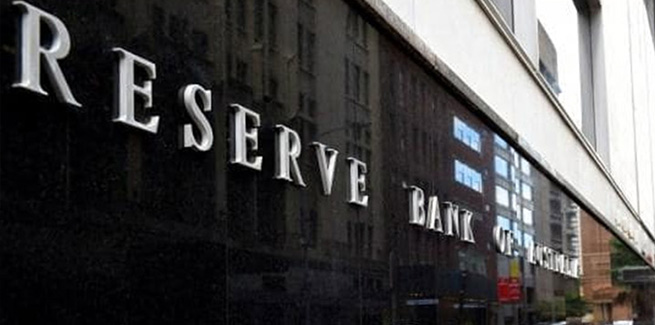In a virtual speech to UNSW’s 33rd Australasian Finance and Banking Conference, the head of financial stability of the Reserve Bank of Australia (RBA), Jonathan Kearns, touched on the shift in the banking sector’s challenges due to the pandemic, focusing on the impact of low interest rates on bank profits and loan repayment deferrals potentially “hiding problem loans”.
With Aussie banks’ balance sheets stronger than they were prior to the global financial crisis (the average tier 1 capital ratio for Australian banks has increased from 7.5 per cent in 2007 to almost 14 per cent today), “Australian banks are also profitable”, said Mr Kearns.
“In 2019, the combined profits of the banking system were $34 billion, and their return on equity, at 11 per cent, exceeds their cost of equity,” he stated.
Mr Kearns went on to say that the strength of the banks’ balance sheets, along with the low level of interest rates and regulatory accommodation, has enabled banks to provide loan repayment deferrals to households and small and medium enterprises (SMEs).
However, he warned that “the resilience of the banking system up to now doesn’t mean that risks have passed”.
“We’ve had the largest contraction in global output since the Great Depression. And as that impairs some households’ and businesses’ ability to repay their loans, the liquidity phase of the crisis is giving way to a solvency phase,” he said.
As such, he set out the “two new big challenges” for Australian banks: their resilience to a large economic downturn and the impact of low interest rates on their profits.
According to the head of financial stability, “at the peak, 10 per cent of housing loans and 17 per cent of SME loans had deferred repayments”.
“With the economic contraction less severe than initially feared, and the recovery underway, many borrowers have resumed loan repayments, and now only a little over 3 per cent of both housing and SME loans have repayment deferrals,” Mr Kearns noted.
The initial perk of hibernating the repayments of borrowers facing temporary liquidity strains was to avoid unnecessary defaults, the impairment to banks’ balance sheets and adverse long-run effects. Loan deferrals also avoided the asset fire sales that can result from borrowers who are in or near default, he said.
“However, it is important that loan repayment deferrals are temporary and are not used to hide problem loans,” Mr Kearns warned.
The Australian Prudential Regulation Authority (APRA) has published detailed information on loan repayment deferrals by institutions so that investors can accurately assess banks’ financial health.
“While there is necessarily uncertainty around any stress testing results, they point to Australian banks being very resilient,” Mr Kearns added.
He noted that even if the probability of loan defaults rises, the fact that the majority of mortgages held by banks aren’t those with high loan-to-value ratios (LVRs), they have an accumulation of scheduled and excess loan repayments and are witnessing property price growth means that losses wouldn’t be extreme should house prices fall.
The impact of an extended period of very low interest rates on banks’ profits
He later told delegates that “interest rates are likely to remain low for some time”, echoing the governor’s comments that “the Reserve Bank board is not expecting to increase the cash rate for at least three years”.
Mr Kearns went on to state that bank profits also benefit from the low interest rate environment, explaining that central banks had cut their policy rates to exceptionally low levels during crises because of large negative shocks to output that resulted in significant spare capacity. Had they not done this, then output would have been even weaker, loan portfolios even more stressed and banks would have incurred larger credit losses, he said.
“So, the first thing to note about low interest rates is that they indirectly contribute to higher banking profits by stimulating economic activity,” he stated.
[Related: Almost half of deferred loans resume payment: ABA]
